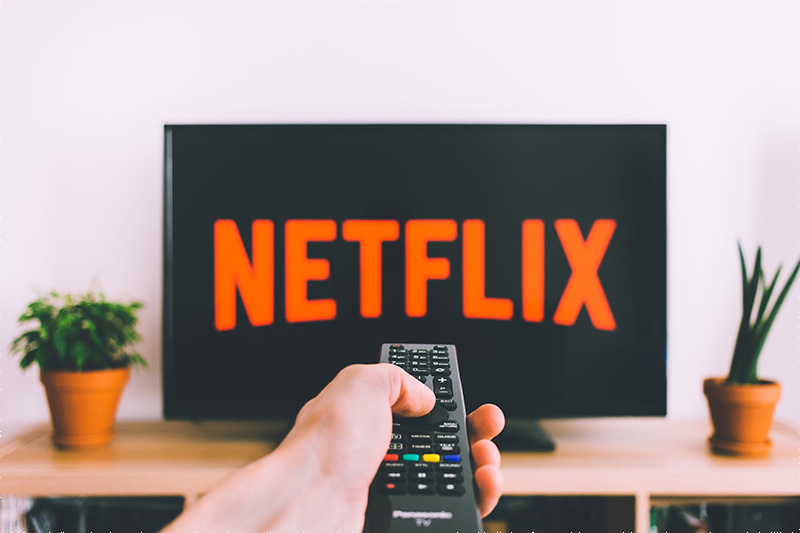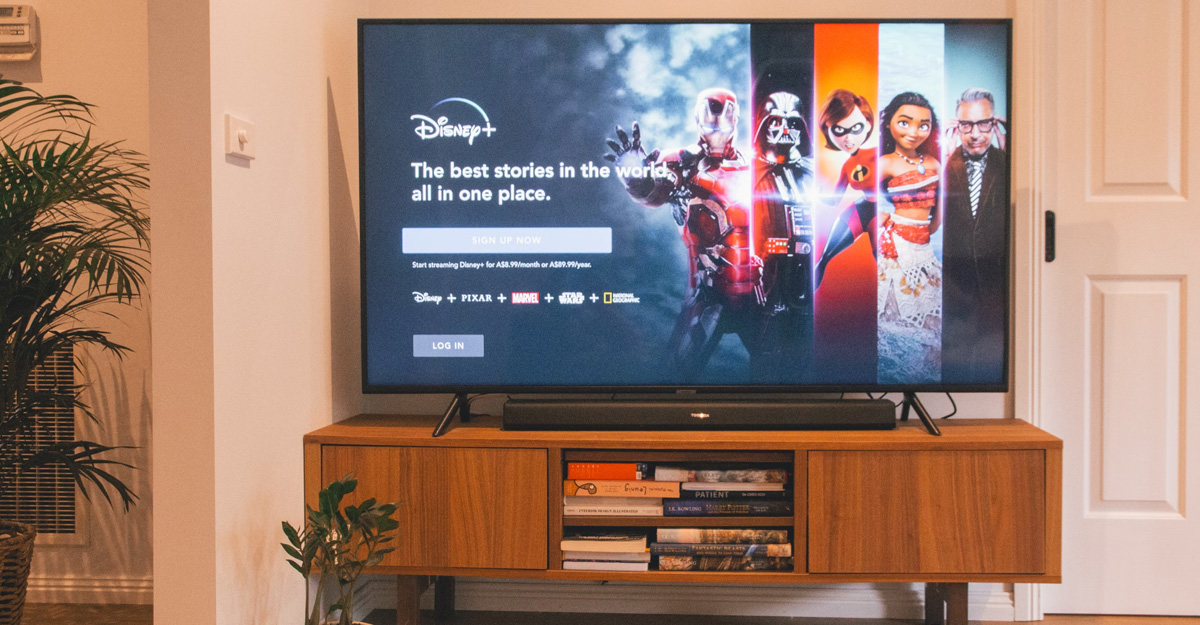The face of television has been drastically altered with the rise of streaming services, creating a new golden age of content. Not only does it represent a change in how we enjoy our favorite programs, but the quality and variety of shows on offer through the internet with services like Netflix has been matched by an incredible level of creativity and increased accessibility. In this article, we look at how streaming has changed the way we consume our favorite films, series, and more.
The Rise of Streaming Platforms
The move away from traditional cable TV and toward online streaming marks a momentous chapter in the history of television. The transition began in the early 2000s when Netflix pivoted from a DVD rental service to an online platform, creating a whole new world of entertainment right before our eyes. Amazon Prime Video followed suit, and Hulu soon did as well. More recent contenders, like Disney+, soon extended the on-demand catalog with a wealth of big-studio content. Streaming altered the consciousness, behavior, and expectations of viewers, creating a world of cinematic abundance that wasn’t possible before.
“Binging” and on-demand viewing — the idea that you could watch what you want, where and when you want to — became possible for the first time. And viewers came to expect it as their right: the choice promised to be enormous, access near-instantaneous, and you could watch when and where it suited you. The idea of “TV schedules” soon came to look as odd and antiquated as Morse code or phoneboxes. As a result, traditional TV viewership plummeted as the personalized experience, tailored to your preferences and lifestyle, showed itself infinitely superior to whatever programmers could scrape together.
Streaming Poker Documentaries
Poker-themed content goes beyond films and TV shows; it also extends into the world of documentaries. In this way, some would argue the content is even better because the documentaries provide deep dives that give us an even better look at the world of poker and professional poker players. They let viewers inside the minds of these professionals as they compete in major tournaments and fight to win, and they show just how strategic and skillful poker can be as a game and how much of a mental battle it truly is.
This continues even as the poker competitions play out, with filmmakers talented enough to blend in the drama and suspense, along with some real-life drama, of the high-stakes poker competition–because the best examples of these documentaries don’t just show us how the pros play the game, they show us why the game means so much, and a bit about the pros’ lives in it. After watching a poker documentary, viewers may be inspired to take a step into the world of online poker themselves. They can learn about the game and put their skills to the test on platforms like PokerStars, which offers a wide range of games and tournaments for players of all skill levels.
Revolutionizing Content Creation and Distribution

However, the rise of streaming platforms hasn’t just meant a giant library of endless shows and movies at our fingertips. Instead, they’ve forever altered the landscape of content creation and distribution. Because streaming services are no longer beholden to a network television schedule, they don’t need to attract the same mammoth audience needed to sustain ratings on television.
Thus, creators have been handed a blank check to play around in significantly more diverse and niche content worlds. The result? While TV networks churn out the same cookie cutter sitcoms season after season, streaming platforms offer something different, like Stranger Things on Netflix or The Marvelous Mrs. Maisel on Amazon Prime Video. What these platforms have done with original programming has shown just how creative they can be when not faced with the constraints of TV networks. Today, it’s possible to create high quality content that caters to any audience, unlike anything we’ve seen before. Streaming has truly opened up new doors for what television can be.
Expanding Global Reach and Accessibility
Streaming services’ most upfront impact has been ending the need for physical proximity to content, globally connecting fans of TV and movies in a way that language and geography once prevented. With Netflix and Disney+ both spending considerable resources to create and show content for a global audience, including in regions where English isn’t the first language, the result is that shows like Netflix Spain’s Money Heist and Germany’s Dark have attracted fans on a global level.









